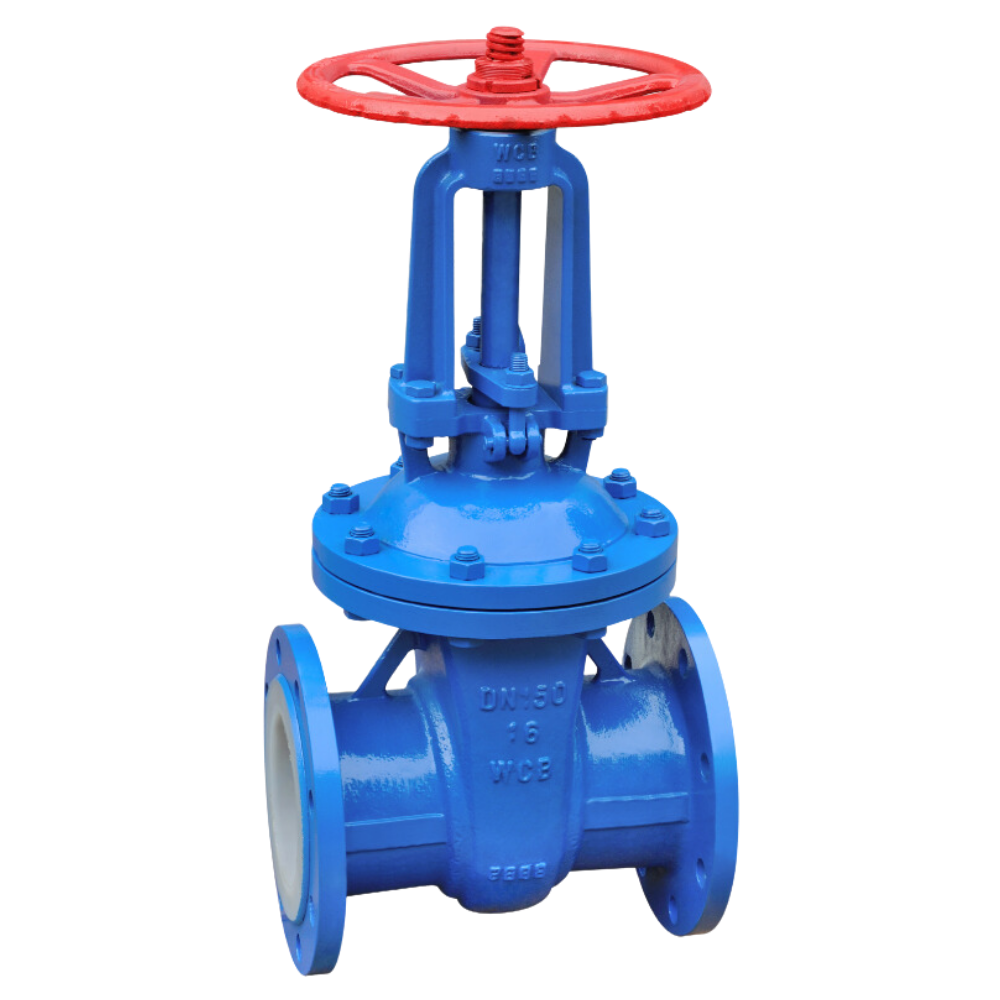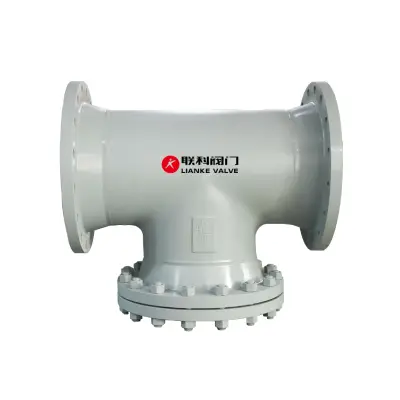

When it comes to protecting equipment and ensuring clean flow in your system, using the right strainer in pipeline applications is essential. Pipeline strainers are mechanical filters that remove solid particles from liquids or gases, helping reduce pressure drop, avoid equipment damage, and improve pipeline maintenance cycles.
In this guide, we’ll explain the different types of strainers, how they work, and how to choose the right one for your operation. Whether you’re in water treatment, chemical processing, or oil and gas, understanding strainers is a must.
A strainer in pipeline systems is a filtration device installed to catch debris such as rust, scale, and other solids. It prevents these particles from reaching sensitive equipment downstream, such as pumps or valves.
Key Takeaways:
Commonly used in filtration systems across industrial processes.
A pipeline strainer is a protective device that filters out debris.
It helps extend the life of industrial equipment and reduces maintenance.
Choosing the right strainer depends on your pipeline’s design, media type, flow rate, and pressure requirements. Below are the most commonly used industrial strainers.
The Y type strainer is compact and used when the pipeline operates under high pressure. It works well in horizontal or vertical installations.
A basket strainer has a larger filtration area than the Y-type, making it ideal for systems with heavy debris.
A T strainer is pretty similar to the Y strainer. It’s also termed the inline strainer. These two are differentiable by the vertical passageway in the T strainer which is larger than the one in Y strainers. These strainers are found in smaller sized pipes. They can handle pressures up to 6000psi and work well in 398°C operations.
Duplex or twin strainers have two baskets and a valve to switch flow between them.
Temporary strainers are low-cost solutions placed between flanges during system startup.
A self cleaning strainer is also apt for operations that need continuous flow. These strainers don’t need to be cleaned manually. They clean trapped impurities using a brush that lines the strainer’s inner body. The self cleaning strainer works at temperatures up to 260°C. These usually handle maximum pressure of 47psi.
Reliable filtration to protect valves and pipelines — Y, T, basket, and duplex types available.
Explore Strainers
Some applications require specialized industrial strainers, such as:
Getting your hands on a mesh strainer isn’t difficult if you know about places like LIANKE Valve. Founded in 1982, this company has always prioritized quality for their customer’s needs. And working with them will keep your operations and investments safe. At LIANKE Valve, customers won’t have to worry about the standards of the strainers or about the type.
Each industrial strainer is compliant with CE, API, ISO, EAC and TS standards. Additionally, getting yourself a strainer from LIANKE Valve is pretty simple as they control quality and production time through their raw material mill and producing mill.
There are 6 main differentiable kinds of industrial strainers. The Y strainer, Basket Strainer and Duplex strainer are used in most operations. Additionally, you’ll also find a T strainer, temporary strainer and self cleaning strainer.
Before purchasing industrial strainers, it’s imperative to figure out your operational needs. Each strainer has different pressure limits, flow rates and maintenance needs. Similarly, not every strainer collects the same sized particles/debris.
Types of Strainers Used in Oil and Gas Companies (commercialfiltrationsupply.com)
101 Guide on Different Types of Strainers in Pipeline | Dombor
Pros and Cons of Self-Cleaning Filtration Technology (fcxperformance.com)

Gate valves control fluid flow in various industrial applications. They can completely stop or allow flow, depending on the valve’s position. Valves, in general, share the same function — but what makes gate valves different? This article will explore what gate valves are, how they work, their components, types, and common issues, among other important […]

In Brazil’s booming sugar industry, industrial strainers play a crucial role in ensuring clean, uninterrupted production during juice clarification, sugar syrup filtration, and the crystallization process. With sugar mills handling high-viscosity, abrasive fluids like massecuite and syrup, selecting a reliable strainer manufacturer is essential for maintaining syrup purity, minimizing downtime, and meeting hygiene standards. This […]

South Africa’s gold mining sector relies heavily on robust flow control systems that can withstand abrasive slurry and harsh tailings. Heavy-duty pinch valves play a crucial role here, offering durability, low maintenance, and resistance to extreme pressure. In this guide, we rank the Top 5 Heavy-Duty Pinch Valve Manufacturers South African mines trust for reliability. […]

Desalination facilities in Saudi Arabia face one of the most extreme operating environments—high salinity, abrasive media, and fluctuating brine discharge pressures. In this high-demand sector, pinch valves play a vital role in managing flow control for seawater reverse osmosis (SWRO) and thermal desalination processes. This guide ranks the top 5 pinch valve manufacturers for Saudi […]



